Our expertise in airport management and sound knowledge of operations is transferred to design services, which for the aeronautical part cover the entire cycle, from the survey of the obstacles to the design of navaids
Aeronautical Obstacle Surveying and protection surfaces
This survey, combined with the historical data of the winds, is essential to define the suitability of the site chosen for the construction of a new airport. Any obstacle, orographic, buildings, trees, must be identified with absolute accuracy in order to define the exact position of the thresholds, the safety surfaces and declared distances. The obstacles map must be updated annually to take into account any new obstacles and to monitor any penetration of the safety surfaces.
See also this.
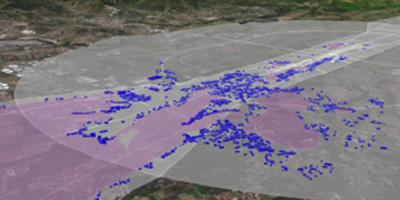
Runway Configurations, general layout, taxiways
The configuration of the runways-taxiways system is essential to ensure a layout that allows not only an ordered and safe aircraft circulation, but also to ensure the required capacity to the airside system. A well designed layout allows a significant reduction in runway occupancy times and taxi time and considerable fuel savings for the airlines and, ultimately, a lower environmental impact.
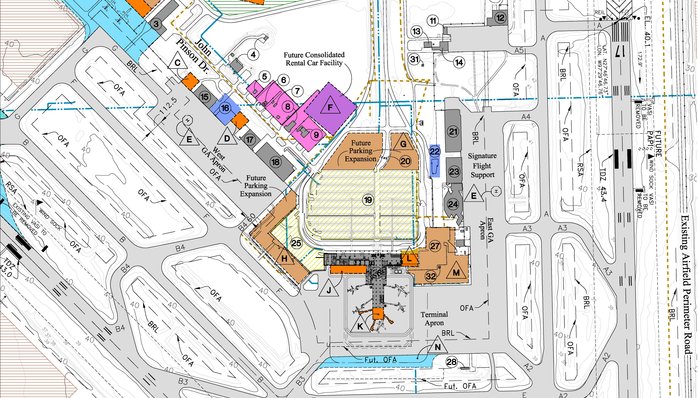
Aprons and Service Roads
Aprons are particularly sensitive areas of the airport system, as they are the interface between the aircraft and the terminal, a point where many operations take place and different entities have to share a common area. The design of an apron should take into account not only the traffic mix to be served but also the shape of the terminal and the type of operations: disembarking and boarding of passengers, baggage, cargo, fuel supply system used etc.

Pavements
Pavements design crosses different skills and disciplines, from geophysics behavior of soils to the theories related to the structural behavior of the pavement. A good design ensures a life of at least 20 years minimizing disruption to the operations and maintenance costs. The basic parameters for the design are: the features of the soil, the traffic forecast and the specific destination of the pavement (runway, taxiway, apron, shoulders.
Further information are included in this brochure.

Airfield Lighting
Safe aircraft operations at night require provision of visual and lighting systems that ensure landing and taking operations in all weather and operating conditions of the airport. Air Alliance makes use of the latest technologies in the field relying on its extensive international experience.
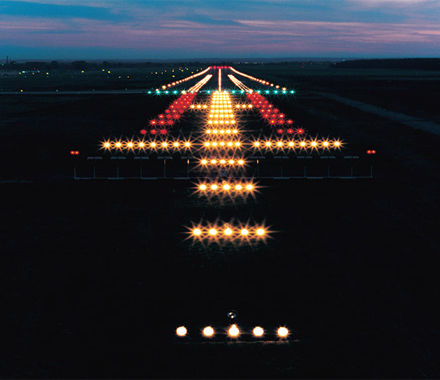
Drainage Systems
Storm water drainage systems are an essential component of an airport project. It is a discipline for which there are no unique solutions and for each airport the most efficient solution taking into account the weather conditions, the overall layout must be identified.

Jet Blast Fencing
The anti-blast barriers are necessary to ensure safety to personnel and equipment operating in the vicinity of the areas of movement of the aircrafts. Their sizing must take into account several factors including distance from the aircraft, its path and phase of operation.
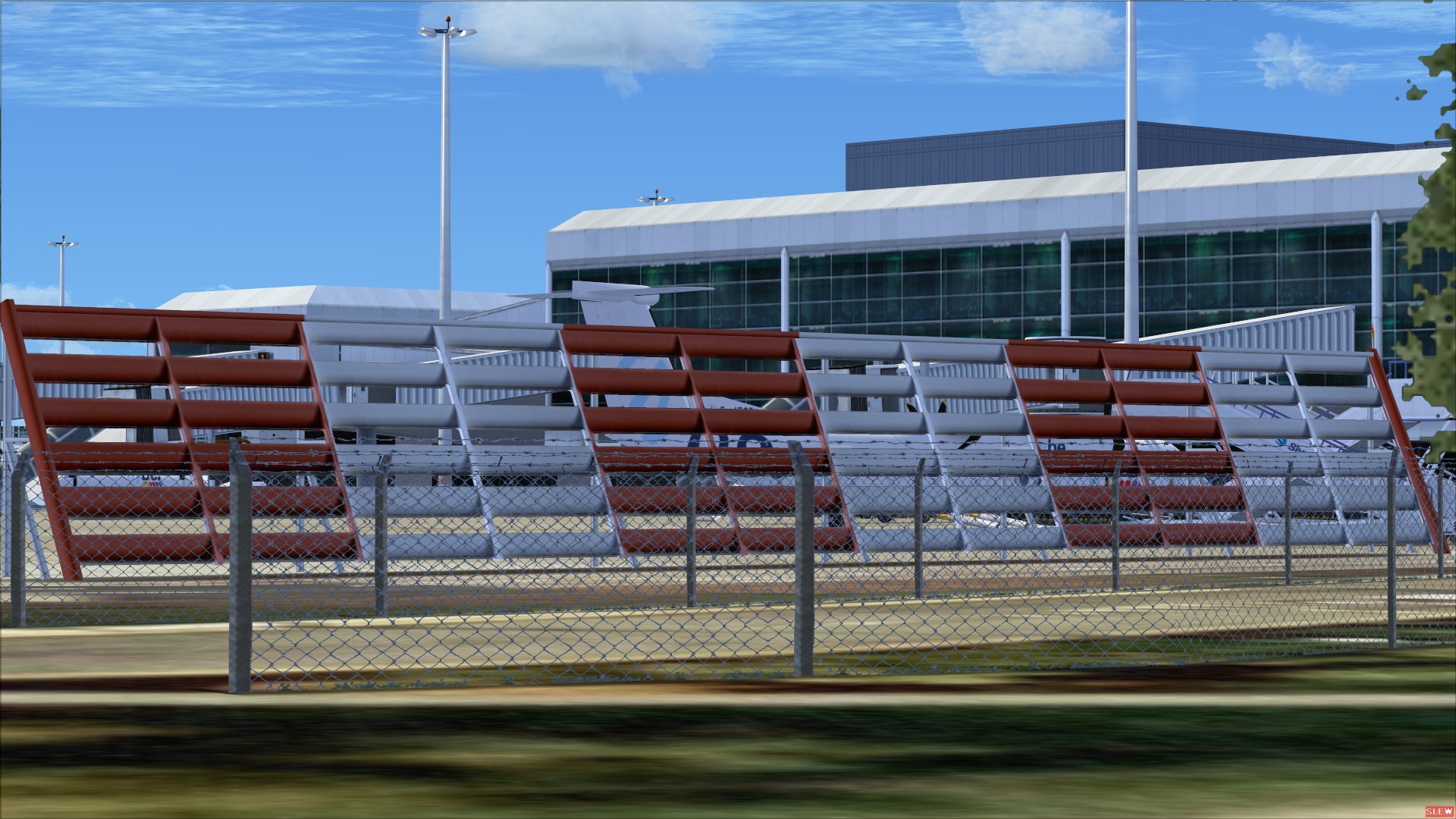
Runway Strip and RESA areas
Strip and RESA (Runway End Safety Area) are areas that need to be planned very carefully as they play a vital role in the overall level of airport safety.
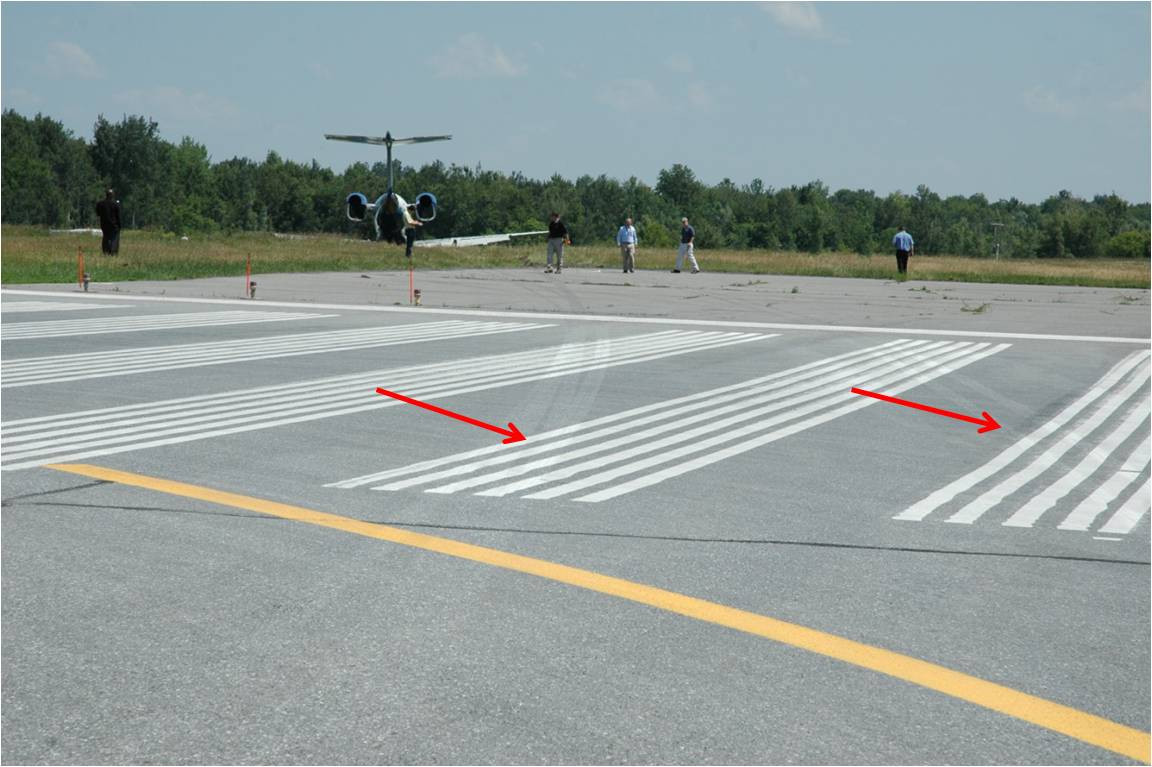
Navigational Aids: ILS and PAPI
Visual and instrumental aids are designed based on the weather conditions and the operations category. There are several levels of complexity and technology involved to ensure that the chosen system matches operational requirements.

ALCMS (Automated Lights Control and Monitoring System) e A-SMGCS (Advanced-Surface Movement and Guidance Control System)
It is sophisticated systems needed, especially in medium and large-sized airports to optimize the management and increasing the levels of safety for the movement of aircraft on the ground. These are the runway and taxiway lights remote control systems, which can be used to automate certain traffic management functions and make operations safer also thanks to new LED technologies and latest generation software.

